Hey fellow dog lovers! 👋
Ever watched a German Shepherd gracefully trot by and thought, “Wow, what a dog!”?
Yeah, me too…
They’re majestic, intelligent, and let’s be honest, totally steal the spotlight. ✨
But before you picture yourself with one of these amazing pups, let’s chat about what it’s really like to welcome a German Shepherd into your life…
It’s more than just good looks and impressive poses, you know? 😉
Today, we review an excellent training and information video from Stonnie Dennis. You can watch the video at the bottom of this article.
German Shepherd 101: Beyond the Breed Standard

So, you see a German Shepherd…
What comes to mind?
Loyalty? Intelligence?
Maybe even a bit of that classic “police dog” vibe?
You’re not wrong!
But here’s the thing: German Shepherds are so much more than just a label.
Just like us humans, they come in all shapes and sizes, and with personalities as varied as their beautiful coats.
Think of it like different flavors of ice cream… all delicious, but uniquely different, right? 🍦
Structure Matters: What a German Shepherd’s Build Can Tell You
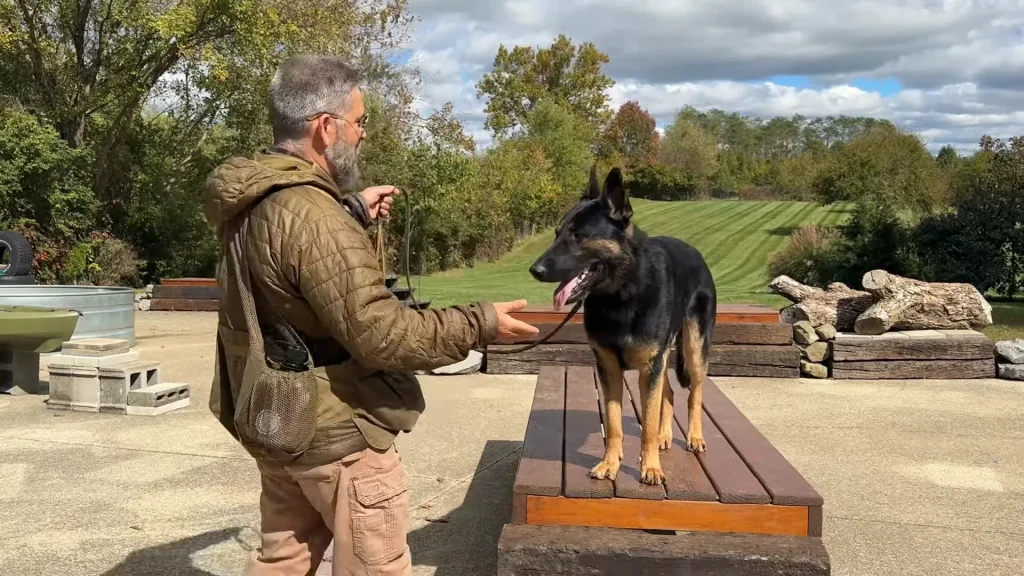
Ever heard the saying “form follows function”?
It’s totally true with dogs!
A German Shepherd’s physical build can actually hint at their background and even their potential behavior.
Crazy, right?
Dog experts can often look at a Shepherd’s structure – how they’re put together – and make educated guesses about their bloodlines.
This isn’t about judging a book by its cover, but more like understanding the blueprint…
It can give you clues about how they might respond to different training methods and how they socialize… interesting stuff! 🧐
Movement Matters Too! Watching a German Shepherd in Action
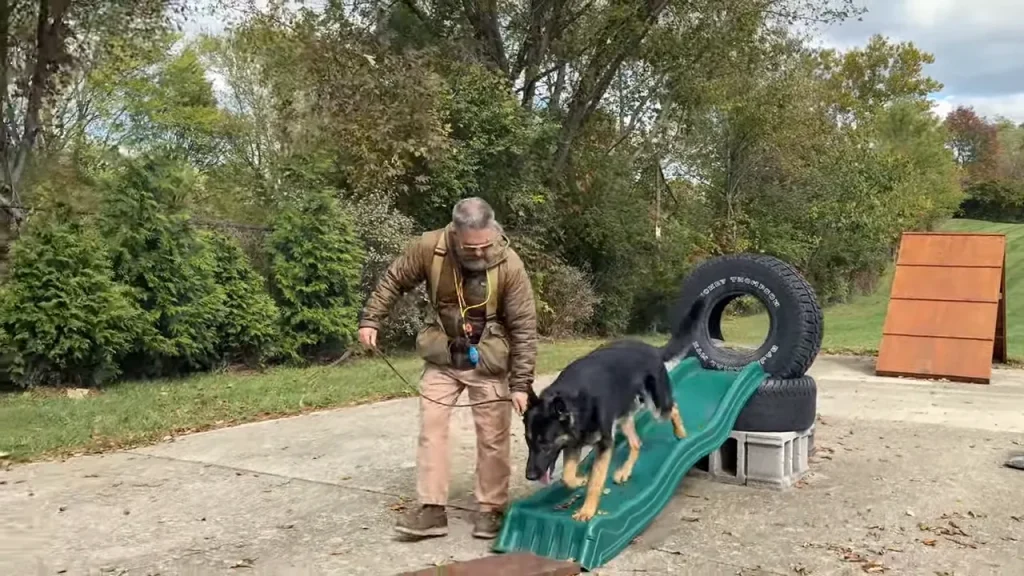
It’s not just about standing still…
Watch a German Shepherd move, and you’ll learn even more!
The way they trot, run, and play can tell you a lot about their body awareness and coordination.
You know, that whole “toe-to-nose” stimulation thing?
It’s important!
Dogs who haven’t had a lot of varied movement experiences might have poorer body awareness…
And guess what?
That can sometimes lead to confidence issues.
It’s all connected! 🤯
The Teenage Shepherd: Navigating Adolescence
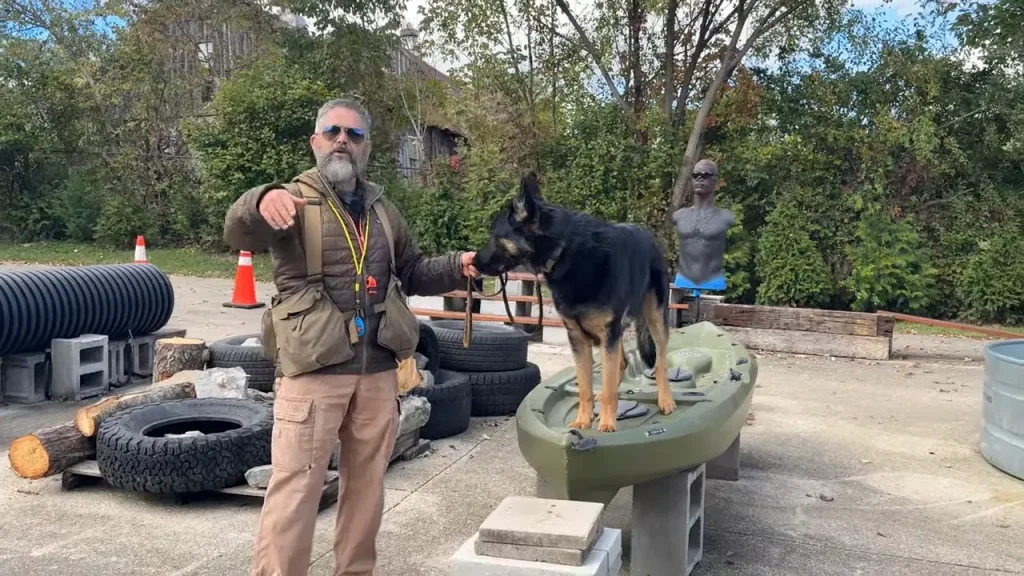
Just like human teenagers, German Shepherd pups go through an adolescent phase…
And it can be… ahem… interesting. 😂
Around that mid-adolescent age, some Shepherds can start with “alert barking.”
New person? New dog?
BARK!
It’s their way of saying, “Who goes there?!”
Now, because they’re big dogs with a deep bark, it can sometimes scare people…
And that’s where a negative cycle can start.
The dog barks, people react fearfully, and the dog might misinterpret that fear as confirmation that there was something to be worried about.
It’s a bit of a doggy misunderstanding, really. 🥺
Socialization is KEY! Making Friends Early On
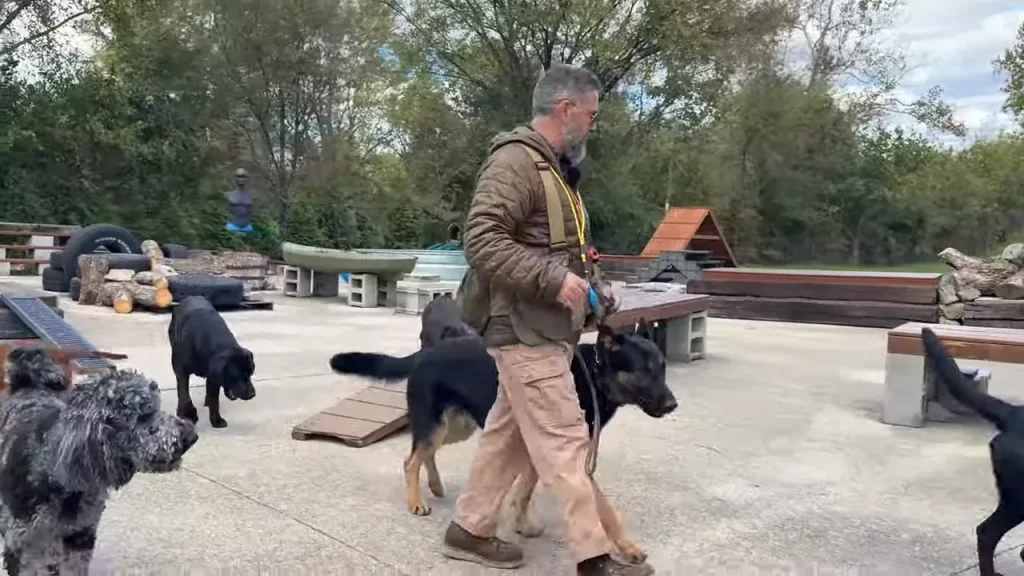
Okay, listen up, this is super important…
Socialization is absolutely crucial for German Shepherds, especially when they’re puppies.
Seriously, don’t miss that window!
If they don’t learn to make friends during that critical puppy period, it can be tougher to catch up later.
It’s like learning a new language… easier when you’re young, right?
But don’t worry, even if you’re adopting an older Shepherd, all hope is not lost!
There are definitely ways to help them become more comfortable and confident around others…
We’ll get to that! 😉
Exercise and Obedience: Your Secret Weapons
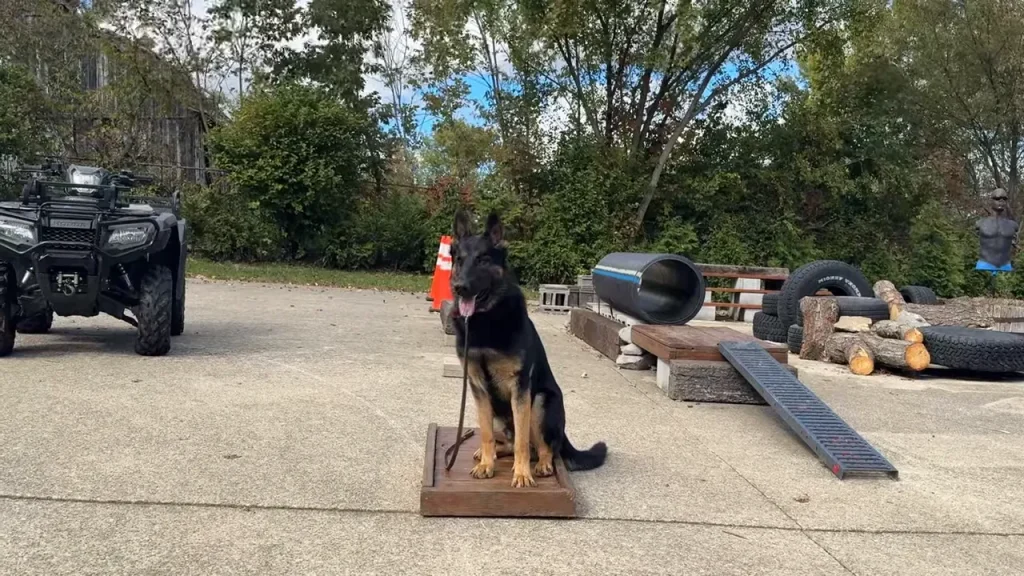
So, what’s the magic formula for a well-balanced German Shepherd?
Two words: Exercise and Obedience!
Think of exercise as their anxiety-buster.
The more exercise they get, the less reactive they’re likely to be.
It’s like tiring out a toddler before naptime… it just works!
And obedience?
That’s all about building a solid foundation of communication and trust.
Start with basic obedience patterns…
It gives them structure and helps them understand what you expect.
Plus, a tired and well-educated dog is a happy dog… and a happy owner! 😊
Remedial Socialization: Making Up for Lost Time
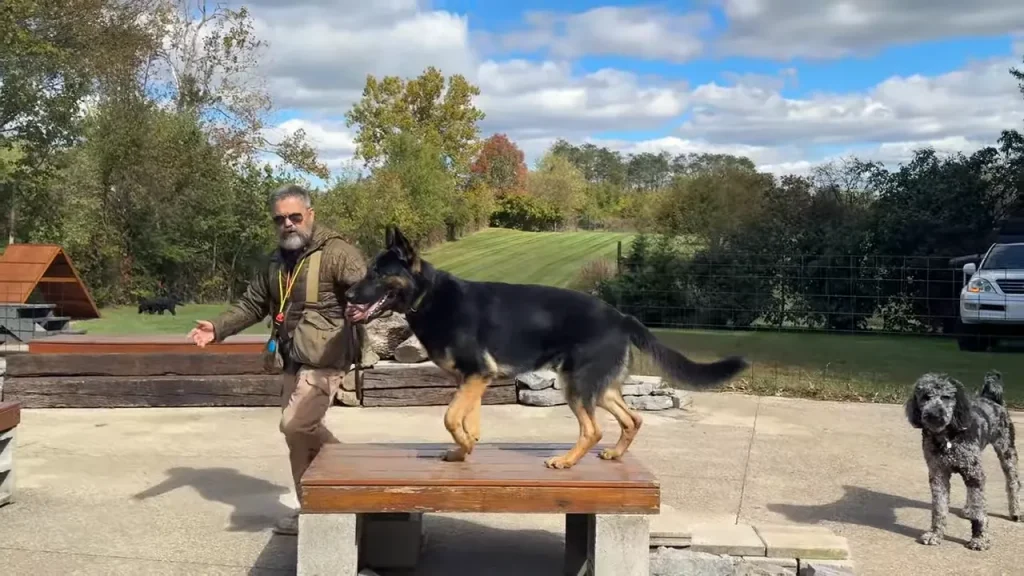
What if your German Shepherd missed out on some early socialization?
Don’t panic!
Remedial socialization is totally possible.
The trick is to take it slow and steady.
Start by exercising them to tire them out (remember that anxiety-exercise link?).
Then, reinforce those basic obedience skills…
Make sure they’re solid!
Finally, gradually introduce them to new dogs and people, one step at a time.
Think “pattern overlayment”…
Use familiar routines to help them feel secure while slowly introducing new social situations.
Patience is your best friend here… and lots of positive reinforcement! 🎉
Dog Management vs. Dog Training: Knowing the Difference
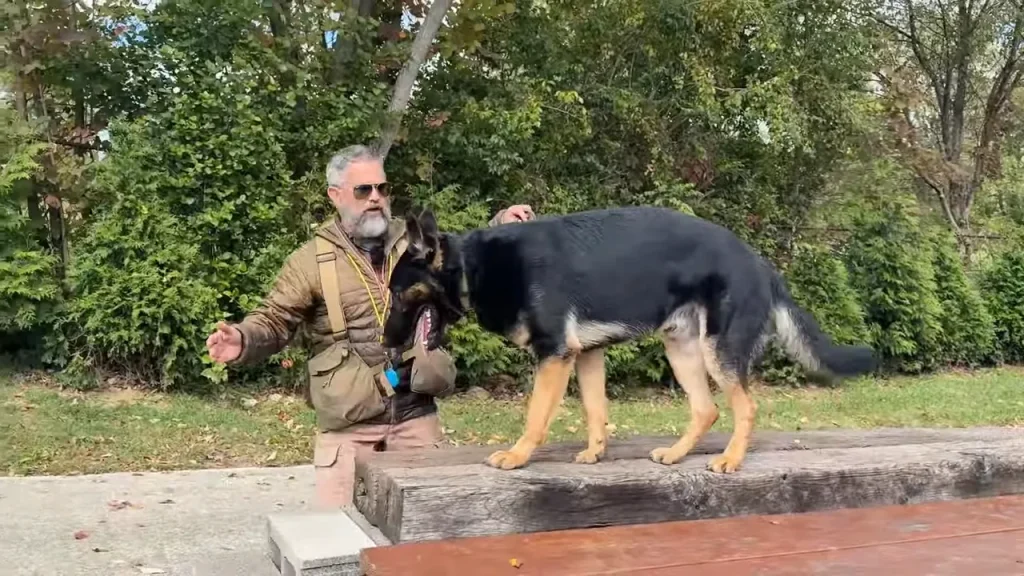
Let’s talk dog talk for a sec…
There’s “dog management” and then there’s “dog training”…
They’re not the same thing!
Management is about controlling the environment to prevent problems.
Think leash, treats, toys…
Tools to manage your dog in the moment.
Training, on the other hand, is about teaching your dog to make good choices independently, based on habit and understanding.
It’s the goal, right?
With a young or reactive German Shepherd, it’s often mostly management at first…
But as you train and they mature, the balance shifts…
Less management, more trained dog who just knows what to do.
That’s the dream! 🤩
Honesty is the Best Policy: “Warts and All” Breed Talk
Find out more: https://www.youtube.com/@StonnieDennis
Let’s be real…
No dog breed is perfect.
And that’s okay!
It’s important to be honest about breed-specific traits and tendencies, the good and the… well, let’s say, challenging.
Buying a dog based on some idealized, Instagram-filtered version of reality?
Not a great plan.
Every breed has its quirks, and German Shepherds are no exception.
Understanding the “warts and all” truth helps you be prepared, patient, and ultimately, a better dog owner. 💯

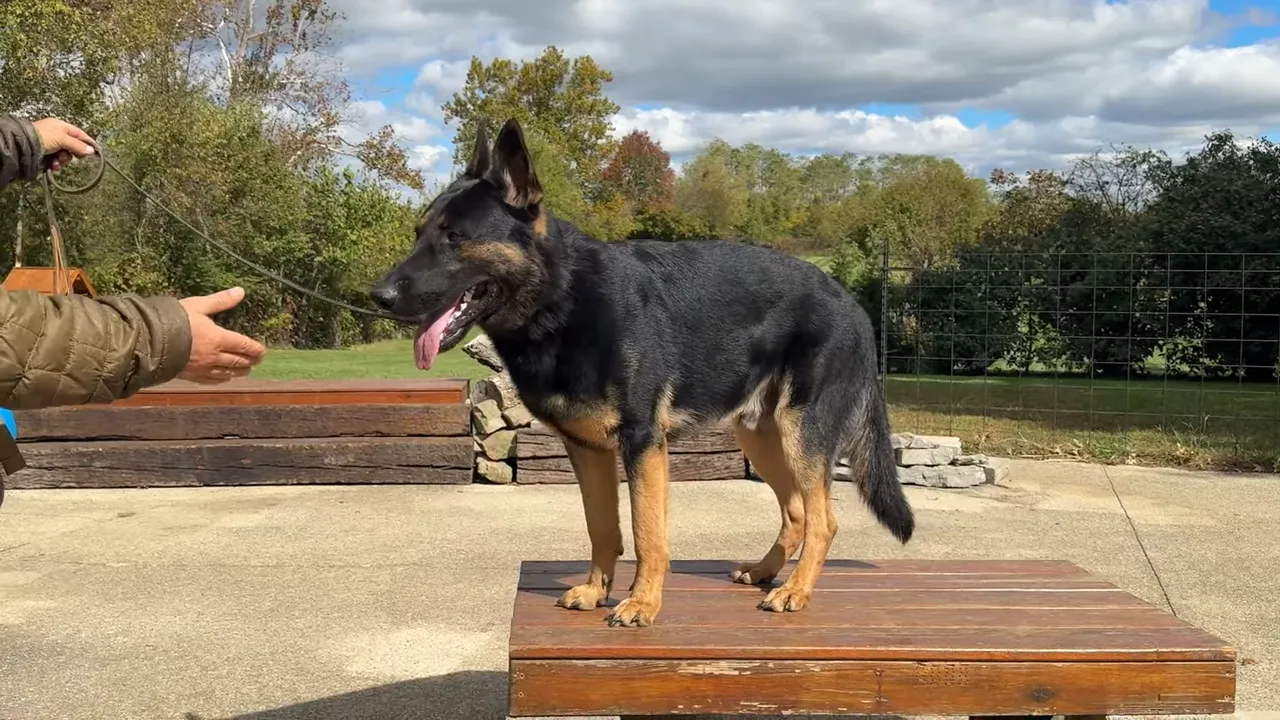
13 responses to “Thinking About a German Shepherd? Here’s the Real Paw-some Truth!”
buying androxal cheap in canada
buying androxal price south africa
get enclomiphene generic uk buy
buying enclomiphene generic good
buy cheap rifaximin uk how to get
comprar rifaximin contra reenbolso
how to buy xifaxan purchase usa
cheapest buy xifaxan cheap canada pharmacy
online order staxyn generic new zealand
generic staxyn american express
avodart fedex without a perscription
discount avodart canada with no prescription
buying dutasteride purchase tablets
how to buy dutasteride canada with no prescription
discount flexeril cyclobenzaprine generic when will be available
online order flexeril cyclobenzaprine australia suppliers
how to buy gabapentin purchase online canada
order gabapentin medication interactions
buying fildena generic pharmacy canada
how to buy fildena purchase online canada
buying itraconazole cheap drugs
itraconazole lowest cost pharmacy
koupit kamagra na internetu
kamagra rychlé dodání
acheter kamagra à new york
fonctionne générique kamagra du canada